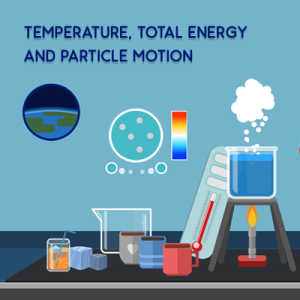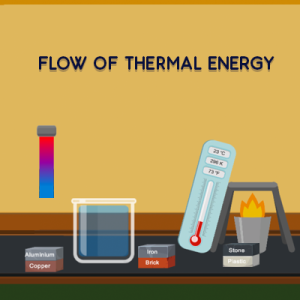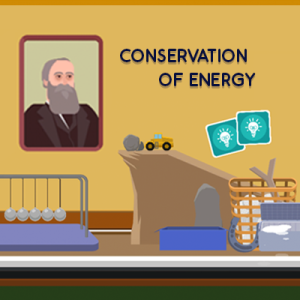Activity 1: Assessment. Estimated duration: 5 min
Assessment with 5 questions chosen from Heat Transfer.
5 questions assessment
Created by Andrea G (Triple Tundra) on
8 activities: 7 games, 1 assessment
85 minActivity 1: Assessment. Estimated duration: 5 min
5 questions assessment
Activity 2: Question Game. Estimated duration: 14 min
At the start of this game, you will learn about particle motion. After a series of facts, you will race through a tunnel in a spacecraft. You must soar through barriers and collect coins. If you do not navigate around the barriers, you must answer a question correctly to continue. The start of each level gives you a new piece of information.
Teacher Ratings (42) 4.1 stars.
Student Ratings (13572) 3.6 stars.
Activity 3: Instructional Game. Estimated duration: 12 min
This game is a simulation of how temperature is related to particle motion and thermal energy. It is a step by step explanation of the role of heating sources, thermometers, and kinetic energy involved in particle motion. You will have to complete basic tasks such as adding heat, reading a thermometer, and sorting cups based on temperature. Complete all stages of the game to win!

Teacher Ratings (245) 4.4 stars.
Student Ratings (61869) 3.7 stars.
Activity 4: Instructional Game. Estimated duration: 13 min
You are a young engineer in a lab, and it is your day to learn about thermal energy. Each level imparts a new task related to heat transfer. Most of the tasks require you to heat up different materials like bricks, aluminum or plastics and measure or watch the change in temperature of each. You will try out fifteen different experiments to understand thermal energy.

Teacher Ratings (165) 4.3 stars.
Student Ratings (53069) 3.6 stars.
Activity 5: Simulation Game. Estimated duration: 10 min
Design and build your own skateboarding tracks, ramps, and jumps to explore the conservation of energy. Control the skater's mass, measure the speed, and change the amount of friction on the track. See the kinetic, potential, and thermal energy in the system graphed in real-time!
Teacher Ratings (11) 3.8 stars.
Student Ratings (8906) 3.9 stars.
Activity 6: Simulation Game. Estimated duration: 10 min
Build your own system, with energy sources, changers, and users. Track and visualize how energy flows and changes through your system. Note: Students will automatically move through this simulation after 10 minutes of playtime.
Teacher Ratings (57) 4.1 stars.
Student Ratings (24800) 3.5 stars.
Activity 7: Question Game. Estimated duration: 6 min
In this game, you will learn about different forms of energy. The game involves two cards with two different forms of energy. Your objective is to pick a card that shows an example of the energy transfer from the two cards. Pick your cards wisely because your score depends on it!
Teacher Ratings (66) 3.9 stars.
Student Ratings (16819) 3.0 stars.
Activity 8: Instructional Game. Estimated duration: 15 min
Relax and save energy! You will enter the lab and learn about conservation of energy through a series of fun mini-games. You will use your knowledge of gravity to shoot balls into a basket. Shoot off some fireworks to convert chemical energy to light energy. Conserve energy with a Newton's cradle device. Enjoy the mini-games as you learn!

Teacher Ratings (201) 4.2 stars.
Student Ratings (41017) 3.6 stars.